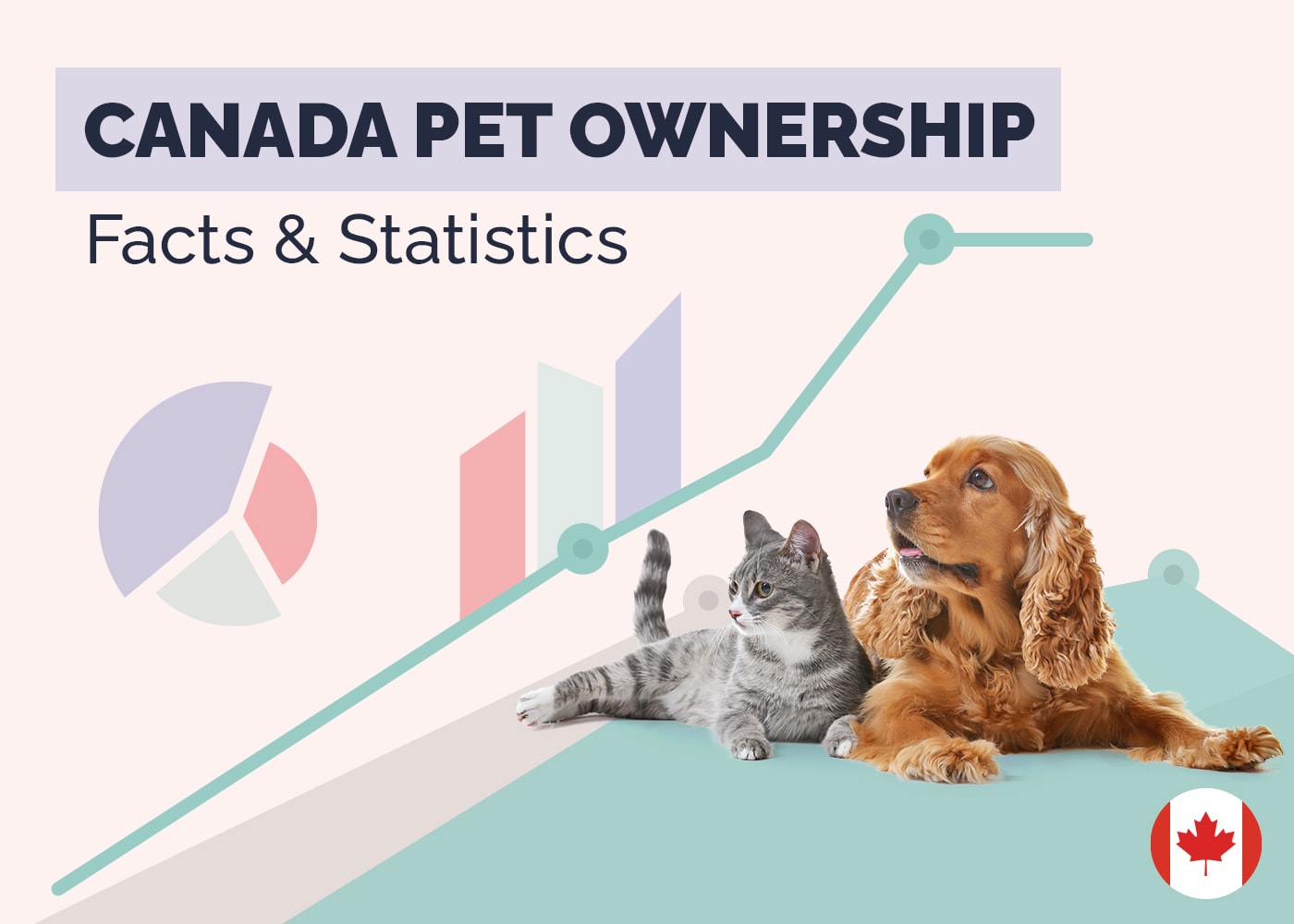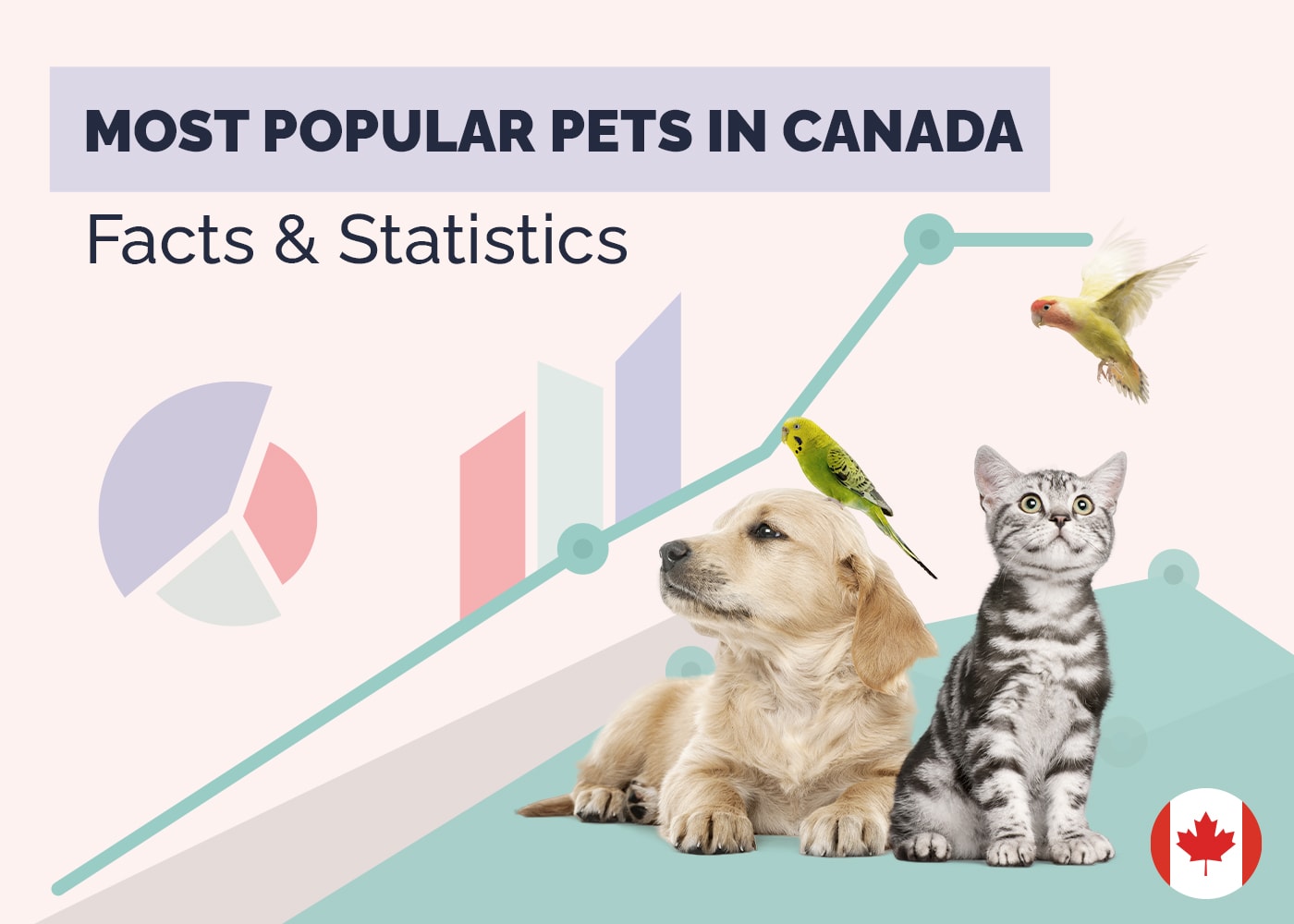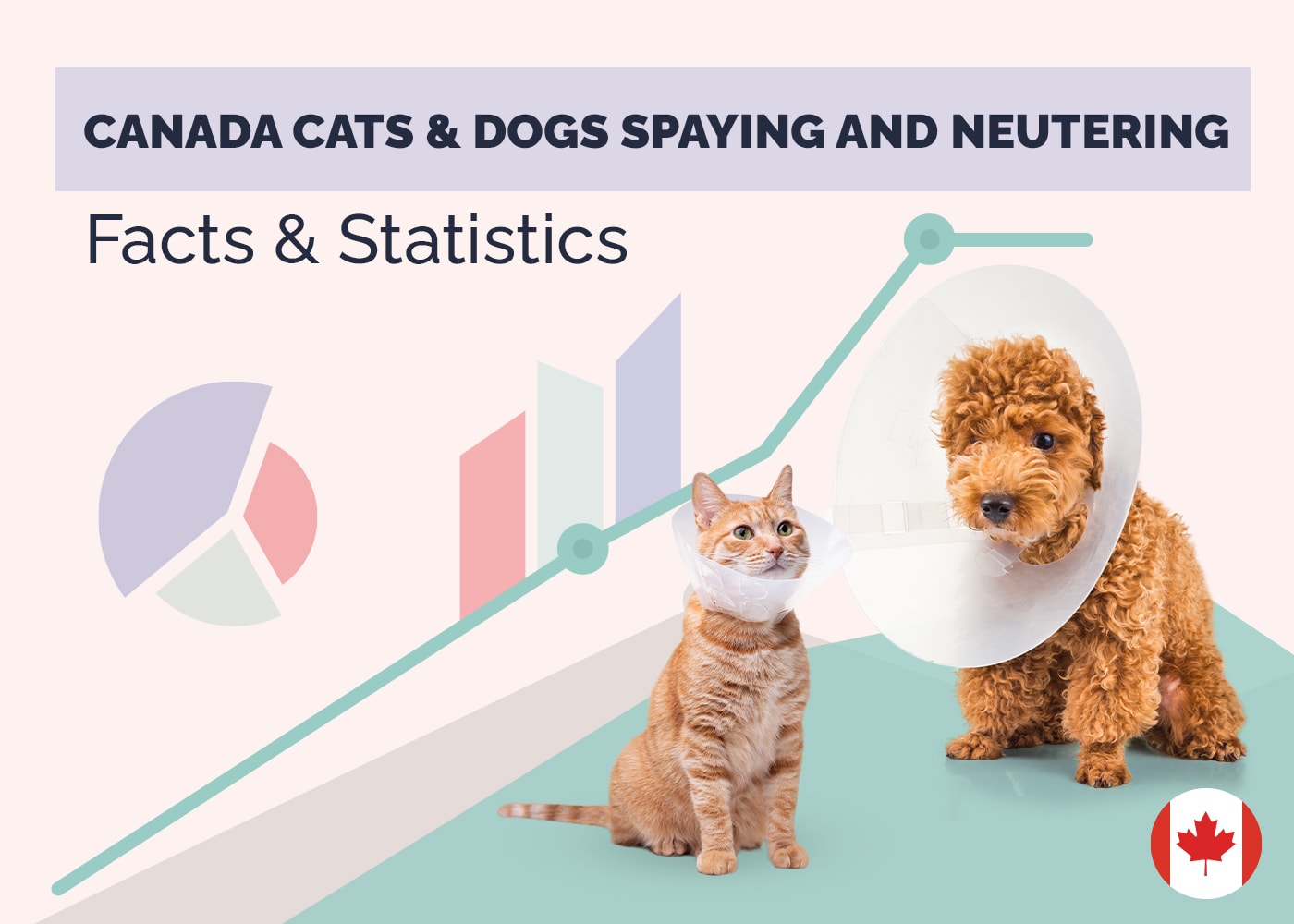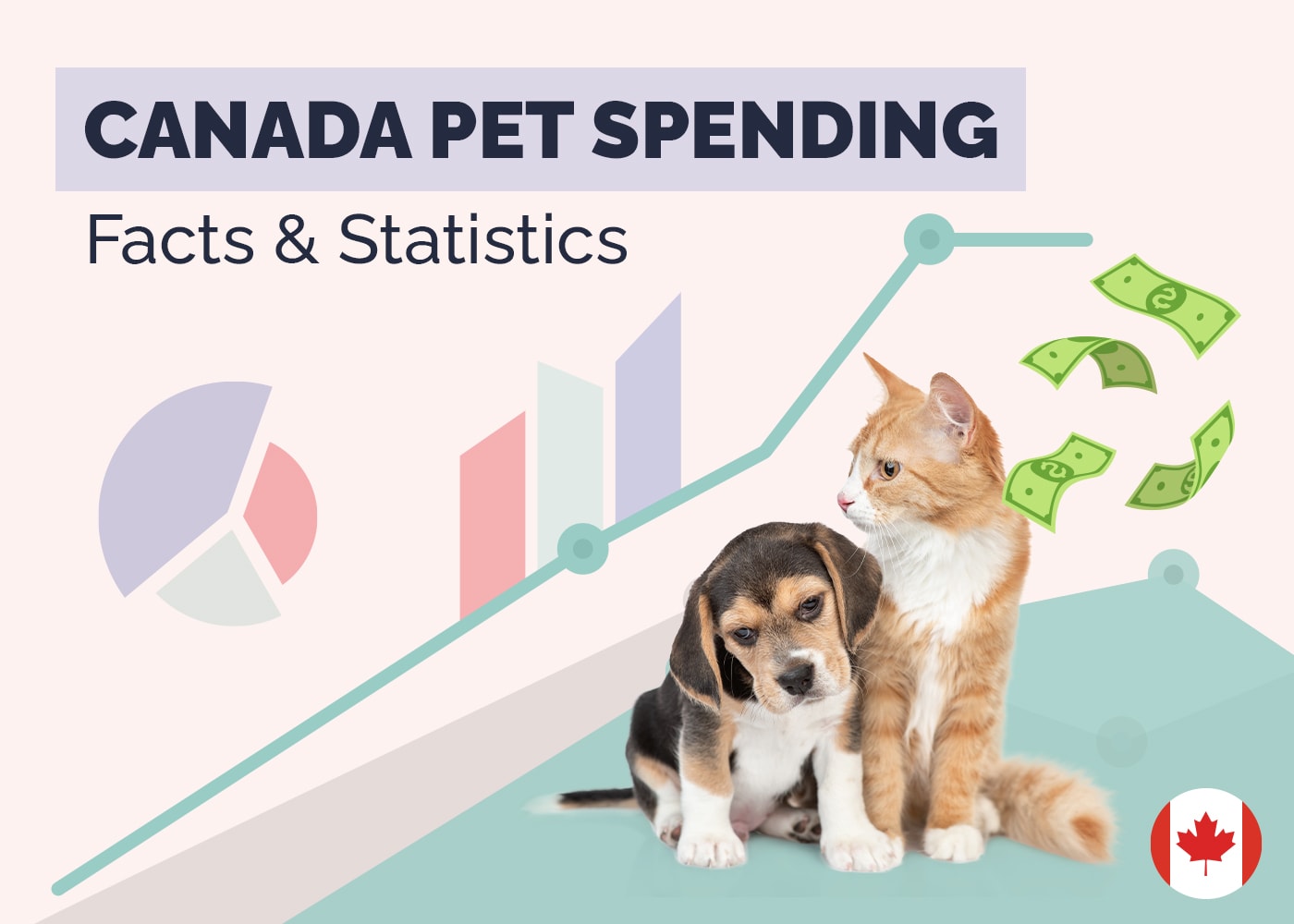How Many Dogs Are There in Canada? 18 Statistics to Know in 2024
Updated on
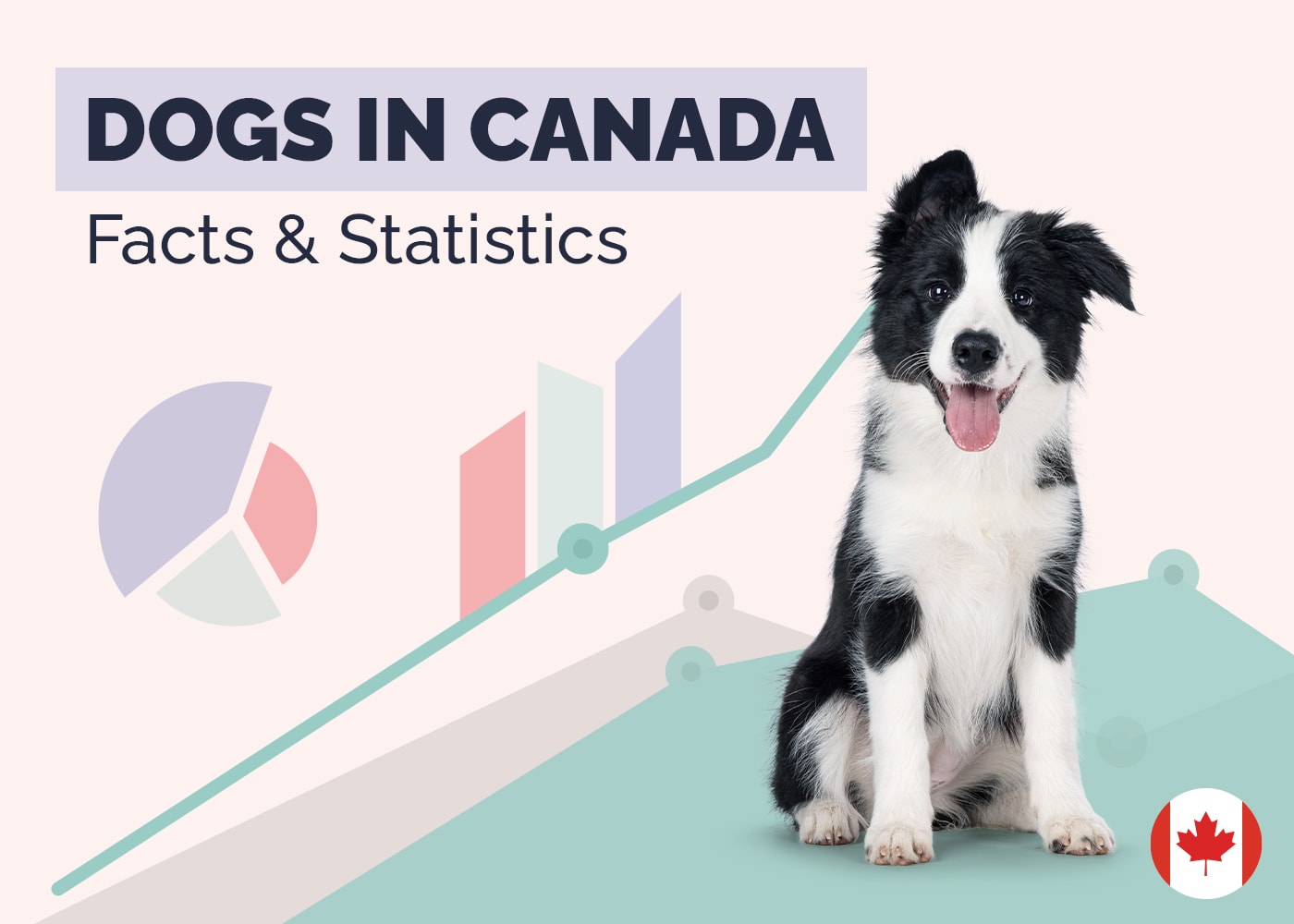
Click to Skip Ahead
Note: This article’s statistics come from third-party sources and do not represent the opinions of this website.
Dogs have been and continue to be among the most popular pets worldwide, and it’s quite evident that it’s the same in Canada! It’s not surprising, though, as dogs love us unconditionally and make excellent companions, particularly during times like pandemics.
Almost nothing feels better than having your dog cuddle up to you when you’ve had a rough day or are just feeling lonely. But just how many dogs are there in Canada? There are around 8 million dogs in Canada. If want to learn more about this, we’ll answer this question in detail and others about dogs in the country.
Top 18 Dog Statistics in Canada
- In 2022, there were 7.9 million dogs in Canada.
- The most popular dog breed in Canada in 2020 was the Labrador Retriever.
- 12% of Canada owned a Lab in 2021, but some provinces preferred different breeds.
- 56% of Canadians had at least one pet in 2021.
- Women were more likely to own a pet than men in 2021.
- The Prairie provinces, Northern Canada, and B.C. are more likely to own dogs over cats.
- The average annual cost of dog care in Canada in 2022 is $3,999.00.
- The most significant expense is dog food at $1,200 in 2022.
- 3% of Canadians got a pet during the COVID-19 pandemic.
- 98% of Canadians agree that their pets bring joy into their lives.
- 42% of Maritimers allow their pets to sleep in their bed.
- In 2020, there was a 28% decrease in dog intakes.
- In 2020, 80% of stray dogs were returned to their owners.
- 50% of dogs were adopted in 2020.
- Canada loves large dogs, with 3.19 million dogs that are 50 pounds and over being owned in 2022.
- Dog food sales reached $4.2 billion in 2020 in Canada.
- Dry dog food made up 74.8% of the market in dog food in 2020.
- Canadians still purchase dog food in retail stores, but sales dropped by 4.1% in 2020.
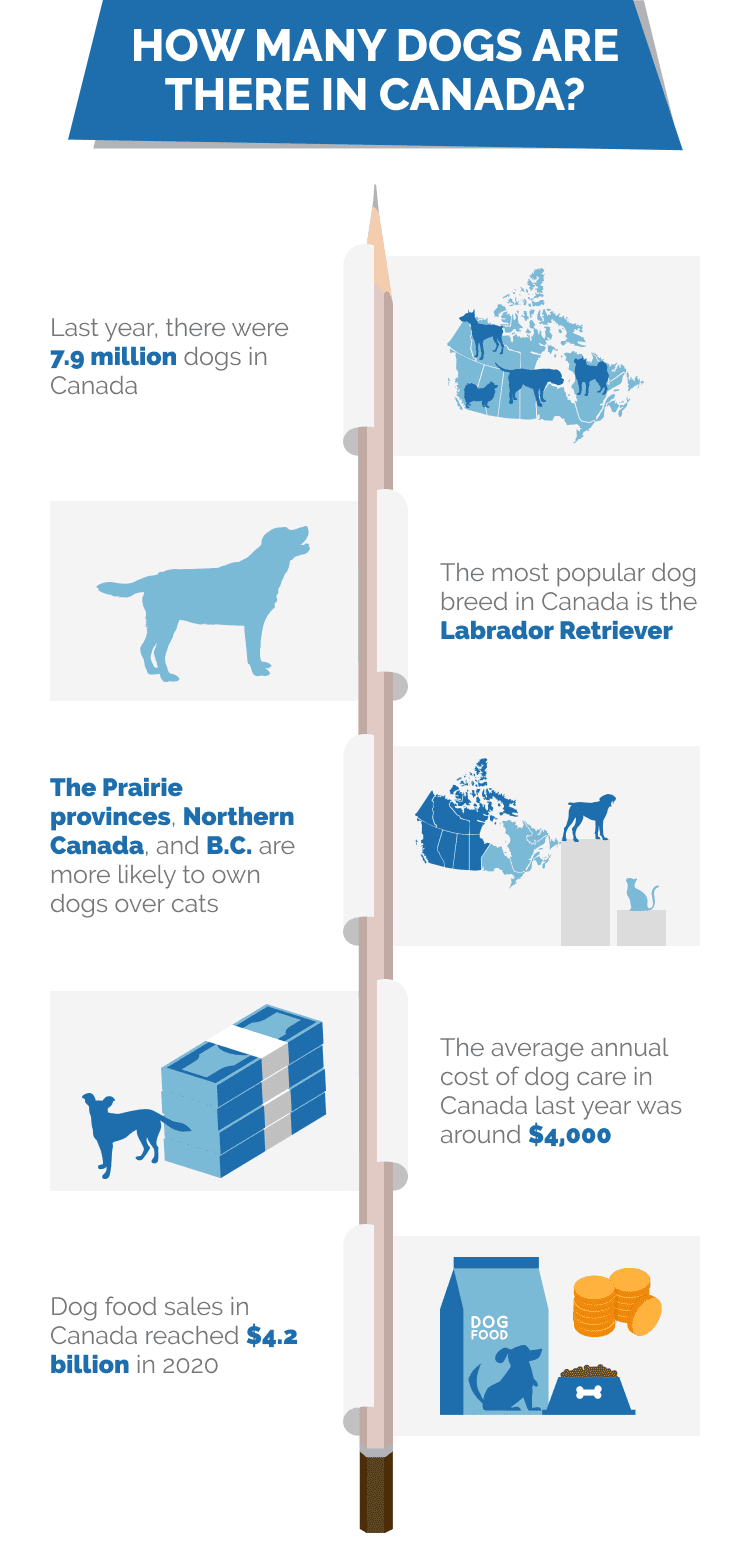
Dog Population in Canada Statistics
1. In 2022, there were 7.9 million dogs in Canada.
(Statista)
This number has been climbing over the years. In 2018, there were 7.6 million, and in 2020, this number went up to 7.7 million. Maybe by 2023, we’ll hit the 8-million mark!

2. The most popular dog breed in Canada in 2020 was the Labrador Retriever.
(Canadian Kennel Club)
The Lab has been Canada’s favourite dog for over 26 years in a row! The second most popular is the Golden Retriever, followed closely by the German Shepherd.
3. 12% of Canada owned a Lab in 2021, but some provinces preferred different breeds.
(Kabo)
In B.C., the favourite dog breed is the Golden Retriever, and Quebec and Newfoundland love German Shepherds. Alberta, Saskatchewan, Manitoba, Ontario, New Brunswick, and Nova Scotia love the popular Labrador Retriever. Finally, PEI owns primarily Shih Tzus and Labs.

4. 56% of Canadians had at least one pet in 2021.
(Abacus Data)
32% of Canadians own a dog, with 31% owning a cat. Following these two popular pets, 6% own fish.
5. Women were more likely to own a pet than men in 2021.
(Abacus Data)
People of all ages are equally likely to own either a cat or a dog, but women (59%) were just slightly more likely to own a pet than men (54%).

6. The Prairie provinces, Northern Canada, and B.C. are more likely to own dogs over cats.
(Cision)
Quebec is the only province that seems to prefer cats over dogs. Ontario and the Maritimes are split fairly evenly between cat and dog ownership.
Caring for Dogs in Canada Statistics
7. The average annual cost of dog care in Canada in 2022 is $3,999.00.
(Statista)
The top expenses include wellness checks with the vet, toys, parasite protection, and an annual dog license.

8. The most significant expense is dog food at $1,200 in 2022.
(Statista)
The second largest expense was pet insurance at $1,160, followed by dental cleaning at $743 in 2022. Keep in mind that how much anyone pays for dog food depends on the health and size of the dog, and pet insurance is optional, albeit helpful.
Dog Companionship Statistics
9. 3% of Canadians got a pet during the COVID-19 pandemic.
(Abacus Data)
This means about 900,000 Canadians who didn’t have one before got a pet.

10. 98% of Canadians agree that their pets bring joy into their lives.
(Abacus Data)
Canadians realize the importance of their pets in their lives. 94% consider their pets to be part of the family, and 94% believe that their quality of life has improved thanks to their pets. Finally, 72% believe that their pets keep them more active — these might be people who own a dog and must go for walks every day!
11. 42% of Maritimers allow their pets to sleep in their bed.
(Cision)
This compares to 36% of pet owners in B.C. and Northern Canada and 30% in Ontario.

Dogs in Shelters Statistics
12. In 2020, there was a 28% decrease in dog intakes.
(Humane Canada)
This is a positive statistic during the not-so-positive pandemic. The intake of all animals was much lower for all animals. With fewer animals entering shelters, there was more care devoted to the animals already there.
13. In 2020, 80% of stray dogs were returned to their owners.
(Humane Canada)
These are historically high numbers as compared to previous years. Both 2018 and 2019 saw 70% returned, which were also the highest numbers until 2020.

14. 50% of dogs were adopted in 2020.
(Humane Canada)
Due to the pandemic, all numbers are historic. In addition to the higher adoption rates, shelter stays weren’t as long either. In 2019, the average stay for a dog in the shelter was about 12 days, but in 2020, it was just 9 days. Besides the pandemic, many animals were placed into foster care.
15. Canada loves large dogs, with 3.19 million dogs that are 50 pounds and over being owned in 2022.
(Statista)
Medium-sized dogs (20 to 50 pounds) are second favourites, with 2.07 million owned. Coming in last but far from least, 1.97 million small dogs (up to 20 pounds) are owned by Canadians.

Dog Food Statistics
16. Dog food sales reached $4.2 billion in 2020 in Canada.
(Government of Canada)
There has been a steady increase in pet food sales. In 2016, sales were $3.4 billion, and it’s projected that sales will be around $5.3 billion by 2025.
17. Dry dog food made up 74.8% of the market in dog food in 2020.
(Government of Canada)
Dry dog food made $2.1 billion in 2020 and is forecasted to make $2.6 billion in 2025. Wet food was the third-largest retail category for dog food at $197.5 million in sales. Treats and mixers took second place at $499.6 million.

18. Canadians still purchase dog food in retail stores, but sales dropped by 4.1% in 2020.
(Government of Canada)
While retail stores are still the overall preferred way for Canadians to buy dog food, sales have dropped since 2016. The only method that increased sales were non-store retailing through e-commerce — online stores only. This way of purchasing pet food has increased by 30% since 2016.
Frequently Asked Questions About Dogs in Canada
Are people still adopting dogs now that Canada is no longer in lockdown?
Unfortunately, due to inflation and so many people returning to work, animal shelters’ fears have come to fruition. Most shelters are at capacity or beyond, with dogs being surrendered in record numbers. (Global News)
How many animal shelters are in Canada?
As of 2020, there were 174 shelters across Canada operated by SPCAs and Humane Societies. (Humane Canada)
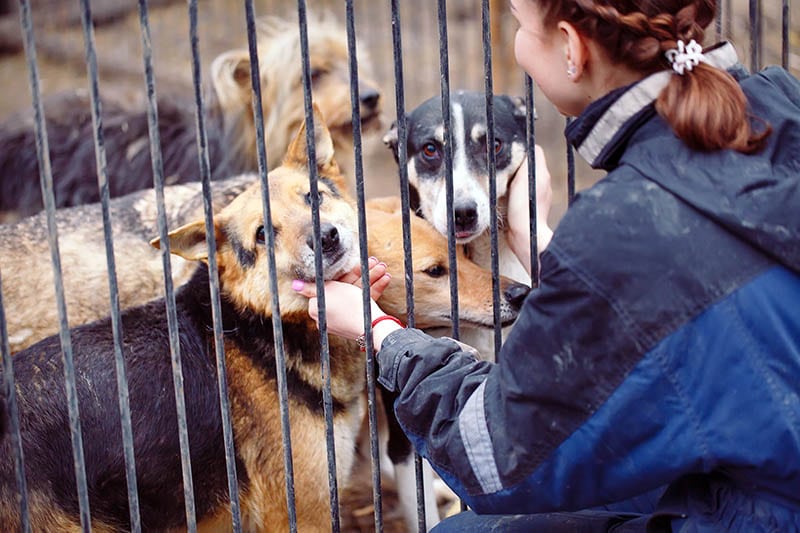
What country has the most dogs?
The United States has the most, with approximately 75.8 million dogs. In second place is Brazil with 35.7 million, and in third is China with 27.4 million. Canada doesn’t break into the top 10! (World Atlas)
Has the price of dog food gone up in Canada?
The price of dog food has gone up by 9.5% as of September 2022. (Statistics Canada)
Is it easy to find a veterinarian in Canada?
Unfortunately, Canada currently has a shortage of vets, veterinary technicians, and other animal health technologists. But animal care workers, including groomers, are plentiful. (Statistics Canada)

Conclusion
All these statistics demonstrate that dogs are incredibly important to Canadians. It’s reflected in how much money we spend on them and the fact that most of us consider them members of our families.
Of course, the COVID-19 pandemic has had a huge impact on the adoption of dogs, and now that the worst of it is over, many dogs are being surrendered.
We must remember all the excellent things that dogs do for us. They make us happy when we’re sad, they love us unconditionally, and they help our mental and physical health.
Be sure you can spend time with and afford a dog before investing in a new pet. They are well worth every penny!
Related Reads:
Featured Image Credit: Maria Ivanushkina, Shutterstock



